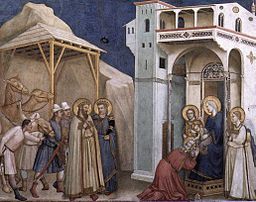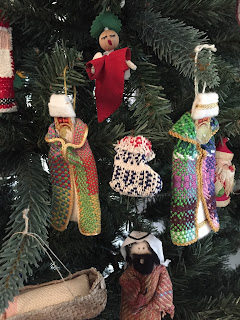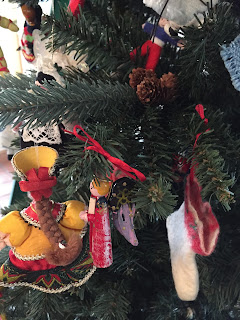It's always a grand time when friends can gather to share fellowship.
Rosemary was our hostess for this day--we enjoy seeing her Christmas tree,
which is loaded (over 200 handmade ornaments!). We can spend hours
looking and admiring these ornaments gathered over the years.
Most are handwoven, felted
Some arrive from foreign countries or visitors to
Rosemary's home
All of her ornaments are small and Rosemary says she 'talks' to each one
as she places them on the tree--she shares memories of each
This was the day we exchanged handmade gifts, either made by yourself
or someone else. This was felted fingerless mitts made by Olga--
we all loved them!!
Olga is a super felt maker! She made these wonderful bracelets
Dottie was wearing her little snowman pin, handwoven and stitched.
A knitted cowl was given from Penny's hands to Olga--
perfect match her lovely bracelets.
Marion received this super cotton scarf woven by Pat
My gift was one of Rosemary's handwoven cards and one of her
little woven angels--wings are lace from her wedding dress of
50 years ago--what a privilege to receive this sweet angel
with such memories
Ann received two indigo dyed towels, shibori stitched
by Connie
Connie stitched the stars and moon and hand dyed with indigo
Penny received this wonderful thread angel.
Perfect day with friends!


















































